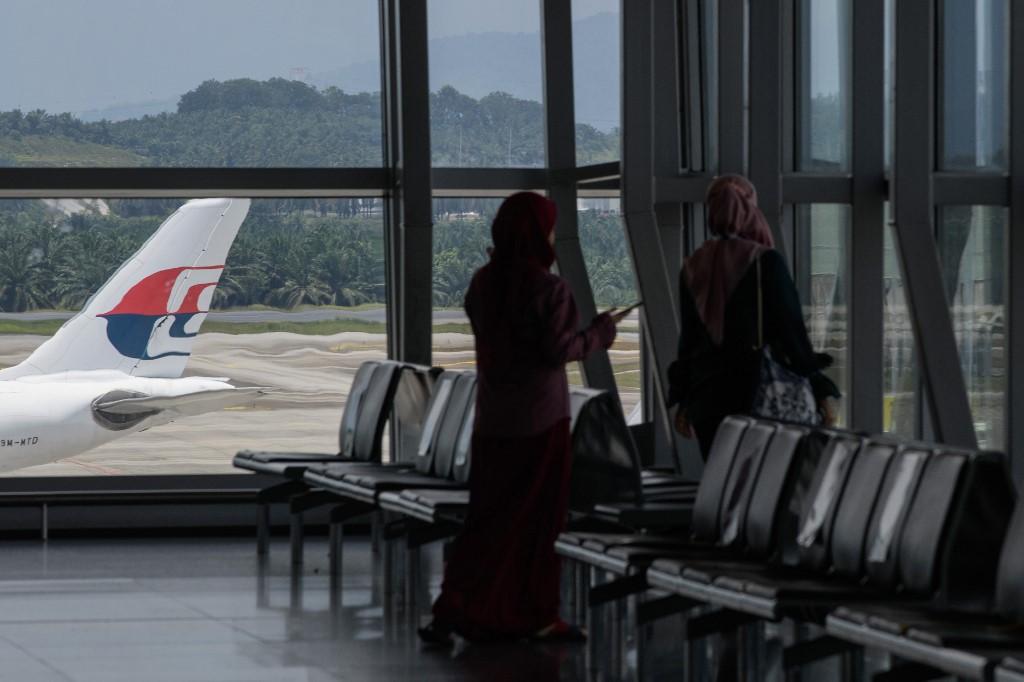Searching for a way to keep the flag on Malaysia Airlines
Converting it to a low-cost airline or allowing foreign ownership will not save it from closure, say experts.
Just In
Right now, the way forward for Malaysia Airlines is unclear. Possible solutions to its problems are familiar: why not convert it to a low-cost carrier, or merge it with AirAsia, or invite an injection of foreign ownership?
“I am not sure if converting Malaysia Airlines to a low-cost model would be the right thing as we need more data on low-cost versus premium airlines,” Adli Amirullah, senior economist at the Institute for Democracy and Economic Affairs, tells MalaysiaNow.
“If Malaysia Airlines goes low-cost, they may be a good competitor to AirAsia – and competition is always good for the consumer – but then the question is, are they sustainable enough to compete with giant low-cost airlines?”
There are practical aspects, too, in converting a full-service carrier into a low-cost one.
“If Malaysia Airlines becomes a no-frills airline, you’ve got to change the whole configuration,” explains a former finance director who served with the airline for two decades.
“You have to change the seats, then you have to change the galley to a smaller one, and all this requires capital outlay. Marketing will also require a different approach.”
Does liberalisation of the aviation sector affect the survival of Malaysia Airlines or is it more to do with consumer preferences?
Adli feels the two go hand-in-hand.
“Without liberalisation, prices won’t be competitive, and that will lead to fewer tickets sold.”
The question is: what is Malaysia Airlines worth now?
He believes that more competition will lead to better service.
“Even if a premium airline can match a low-cost carrier on prices, they definitely could provide better service that could cater to different categories of consumers.”
“Competing purely on price did not work for Malaysia Airlines. Once they cut prices, they had to cut their services and they lost their traditional customers,” Izlin Ismail, a professor at Universiti Malaya’s business faculty, tells MalaysiaNow.
“Having foreign investors buy up large chunks of shares in Malaysia Airlines may not be the best answer either,” she says. “Remember what happened with Proton?”
In 2017, Chinese carmaker Zhejiang Geely acquired 49.9% of Proton. That deal, made by Najib Razak’s administration, was labelled by many as selling out national interests.
The question is: what is Malaysia Airlines worth now? Is it money? Is it national pride?
“If it’s pride, then you can’t put a tangible value on it. With majority foreign ownership, you no longer have a flag carrier,” Izlin says. “It’s still flying, but it’s no longer ours.”
Adli says, “Opening up to foreign ownership may help, but I’m not optimistic it would save the airline given current conditions in the tourism sector due to the Covid-19 crisis. On the other hand, allowing more foreign ownership may be better than relying on the government to bail out the business.”
Khazanah is Malaysia Airlines’ sole shareholder, and last week its head, Shahril Ridza Ridzuan, told Berita Harian that it may direct funds to Firefly, the low-cost sister of Malaysia Airlines.
Then, if Malaysia Airlines goes out of business, Firefly would become the Malaysian flag carrier.
Subscribe to our newsletter
To be updated with all the latest news and analyses daily.
